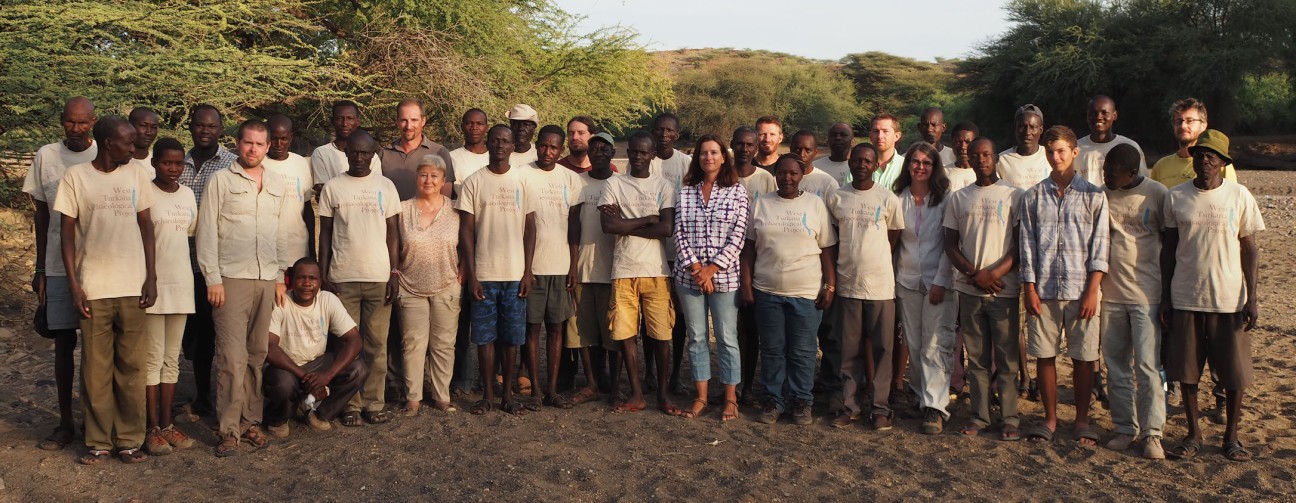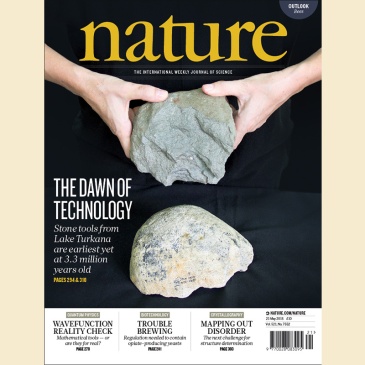Since 1996 the West Turkana Archaeological Project (WTAP) has been searching for evidence of human origins buried in sediments on the western shores of Lake Turkana in Kenya.
WTAP’s major scientific goal is to shed new light on the behavioural evolution and adaptations of our early human ancestors – Australopithecus and early Homo – and to reconstruct the habitats in which they lived.
Each year we camp alongside traditional communities in the remote Turkana landscape where we face many challenges including scarce drinking water, punishing heat, rough terrain, and no telecommunications.
Our work has resulted in the excavation of many unique and important archaeological sites rich in the stone tools used and left behind by our ancestors, and fossilised bones. We recently discovered and published on the earliest traces of early human technology known from anywhere in the world, found at the 3.3 million year old site of Lomekwi 3.
These discoveries are a major contribution towards scientific understanding of when, how, and why humanity evolved in the African Great Rift Valley.




